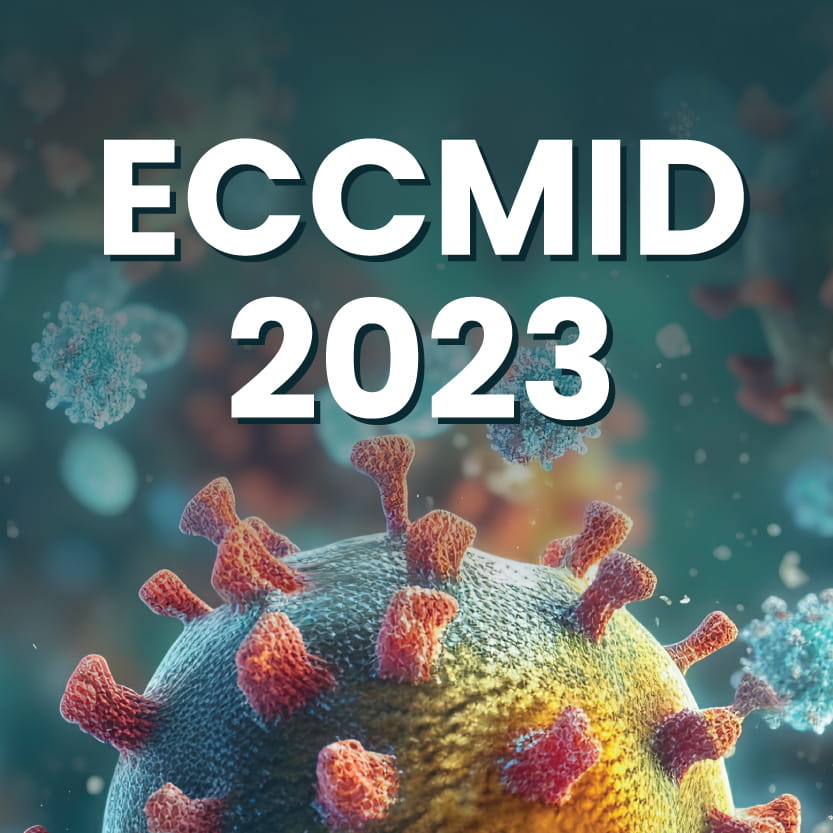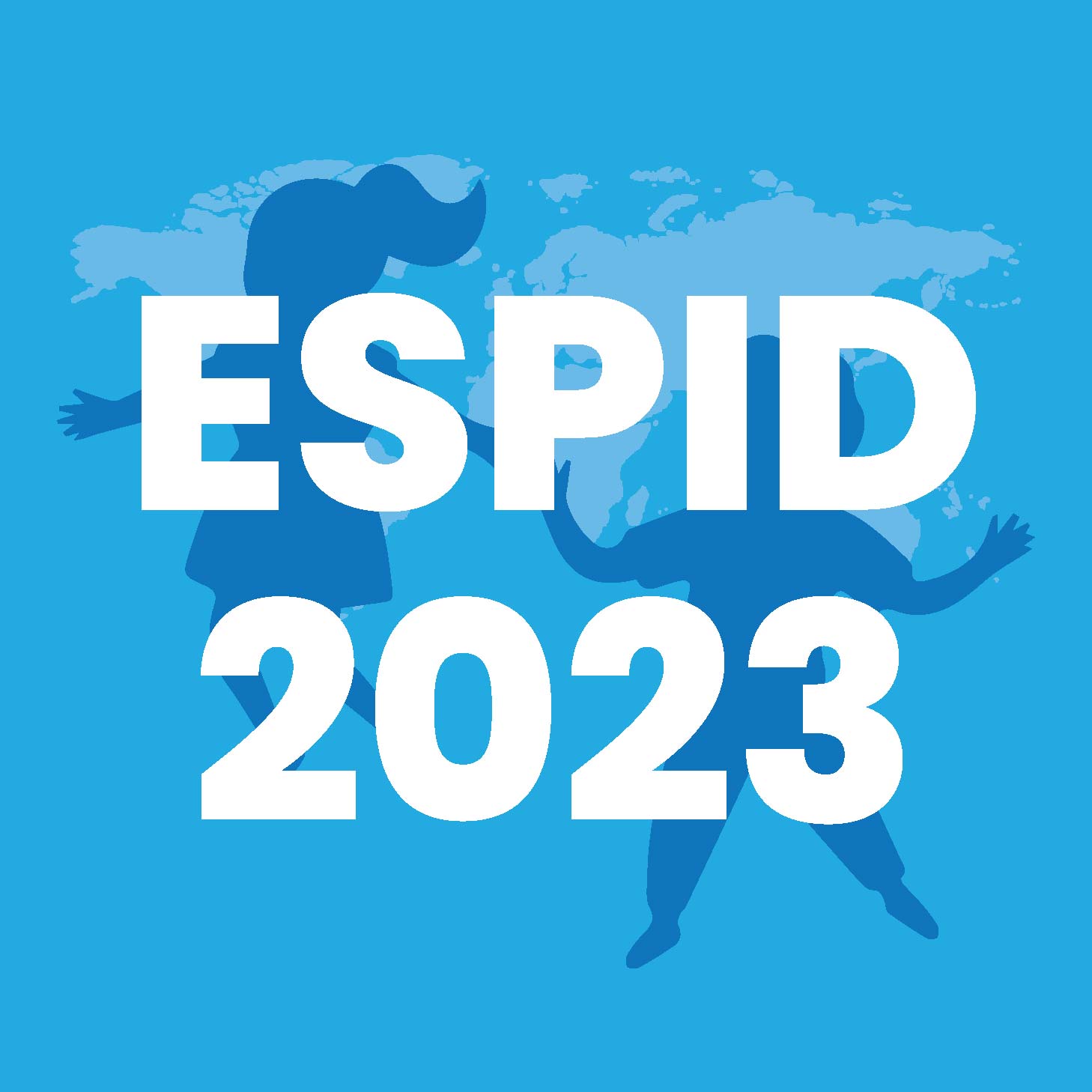ECCMID 2023: Viral Hepatitis Elimination Implications of the New Roadmap
The World Health Organization (WHO) has recently approved a global health sector strategy on HIV, viral hepatitis, and sexually transmitted infections (STIs), which aligns with major partners such as UNAIDS, PEPFAR, and Global Fund. The strategy aims to achieve specific targets by 2030 and builds upon strategic documents developed by these partners. The global strategies for ending AIDS, viral hepatitis, and sexually transmitted infections (STIs) by 2030 have been consolidated into a single document, with separate chapters for each disease. The document presents key targets and recommendations for WHO member states. Key targets and indicators for HIV, viral hepatitis, and STIs are outlined to be achieved by 2025 and 2030, including reducing the number of new cases of HIV and viral hepatitis per year, as well as syphilis and gonorrhoea cases among individuals aged 15 to 49 years old. The strategies involve working with partners and aligning with the United Nations Secretary General's global strategy for Women's, Children's, and Adolescent's Health to fulfil the commitment to end the epidemics by 2030. The global health sector strategies for 2022-2030 aim to validate the triple elimination of mother-to-child transmission of HIV, syphilis, and hepatitis from 15 to 100 countries by 2030. The Triple Elimination initiative has three parts aimed at preventing infections in women and girls of childbearing age, including early treatment for HIV, syphilis, and hepatitis B. The initiative proposes two approaches, the maternal approach, which focuses on treating and preventing transmission, and the child health approach, which uses prevention and immunization approaches. The initiative highlights the importance of identifying and treating these sexually transmitted and vertically transmitted infections during antenatal care to reduce maternal and child morbidity and mortality. The epidemiology of HIV in 2021 showed that 310,000 children acquired HIV, and 110,000 died globally. About 1.3 million women with HIV become pregnant each year without treatment, and their infants have a 15-30% risk of acquiring HIV during gestation and delivery and a further 5-15% risk through breastfeeding. Over 900,000 pregnant women had syphilis in 2019, with over 600 cases of congenital syphilis reported. Approximately 50% of births from women with active syphilis result in stillbirth. In 2019, hepatitis B infection caused over 800,000 deaths. The WHO recommends universal immunization in infants, with at least three doses of the hepatitis B vaccine administered in a timely manner per dose. In July 2022, 71% of reporting countries had plans to eliminate vertical transmission of HIV and syphilis, while 20% had plans for either HIV or syphilis. Six countries committed to eliminating both diseases by the following year, and six expressed interest but not yet confirmed. The WHO validates the successful elimination of mother-to-child transmission (MTCT) of HIV, syphilis, and viral hepatitis in a country if certain impact and process criteria are met. These include an MTCT rate of 2% or less for HIV, less than 50 cases per 100,000 live births for syphilis, and an MTCT rate of less than 2% for hepatitis B. The proposed approach for screening and diagnosing HIV, syphilis, and Hepatitis B in antenatal care involves offering tests as early as possible in pregnancy, preferably at the first ANC visit. Dual HIV-syphilis rapid tests are recommended for screening maternal syphilis. Routine maternal screening for Hepatitis B is also recommended at the first ANC visit to identify eligibility for treatment for HBsAg-positive women. WHO recommends that all pregnant women be tested at least once for these infections, ideally at their first antenatal care visit. Clinical management and treatment of HIV should include same-day treatment and viral load monitoring. Timely and adequate benzathine penicillin G is recommended for treating syphilis. Confirmed congenital syphilis or infants born with untreated syphilis should be treated with benzylpenicillin or procaine penicillin. For HBV, timely birth dose vaccination and universal immunization of infants with at least three doses of Hepatitis B vaccine are recommended, along with antiretrovirals in eligible women. The global agenda for hepatitis elimination is focused on reducing HBV and HCV transmission and mortality by 90% and 65%, respectively, compared to 2015. Despite progress, there were still 6 to 10 million infections in 2015. However, there has been a 95% decline in HBV and an 80% decline in HCV. Universal access to HCV treatment is crucial. We can learn from successful countries like Egypt and Mongolia by adopting WHO policies, cost-effective interventions, public-private sector collaborations, and innovative financing. Guidelines have been provided to validate the elimination of HBV and HCV by 2025 and 2030, but there is debate about their feasibility and focus. The requirements to move from dual to triple elimination and the inclusion of HPV took time to establish but are now incorporated into global strategies and policies for implementation by all countries. The validation process for HIV involves national and regional committees. The national committee conducts a self-assessment before presenting its report to the global committee, which oversees the validation mechanism and ensures that countries can defend their data. Africa has new opportunities due to the launch of the Global Alliance to end HIV in children, with many African countries committing to providing HIV treatment for children and preventing mother-to-child transmission of HIV, HPV, and syphilis. The WHO Global Health Sector Strategies prioritize eliminating vertical transmission of HIV, Syphilis, and Hepatitis B as part of the SDG goals by 2030. Triple elimination is a stepping-stone towards ending viral hepatitis by 2030. Many countries have already moved towards triple elimination, while others focus on eliminating HCV or HBV in adults. The WHO provides guidance and support to countries through available tools. The biggest challenge in eliminating Hepatitis C is reaching those who are undiagnosed or lost to follow-up for various reasons. According to a Lancet Gastroenterology & Hepatology Commission, there are 58 million individuals worldwide who are estimated to be living with Hepatitis C. There is debate about whether we have the tools to eliminate Hepatitis C without vaccination, but direct-acting antivirals (DAAs) are seen as effective. The question is whether we can eliminate Hepatitis C as a public health threat in Europe by 2025 or even faster by using a micro-elimination approach. With pan-genotypic DAAs widely available, the discussion is no longer whether we can eliminate Hepatitis C but when we will eliminate it. Clinical guidelines from the European Association for the Study of Liver (EASL) and American Association for the Study of Liver (AASLD) for the treatment of Hepatitis C with direct-acting antivirals (DAAs) have eliminated the requirement of liver biopsy and now only require the presence of HCV replication. However, some countries in Eastern Europe still require liver biopsy for DAA treatment despite the guidelines. These guidelines have been established to facilitate treatment and eliminate Hepatitis C more efficiently. The COVID-19 pandemic has caused significant delays in Hepatitis C virus (HCV) programs, resulting in over 900,000 people missing out on HCV diagnosis and three-quarters of a million people not receiving any treatment. Efforts are needed to reinvigorate successful HCV programs and combine efforts. The new WHO 2022-2030 viral hepatitis strategy aligned with the sustainable development goals has 105 actions to respond to HIV, viral hepatitis, and STI epidemics, with 20 actions focusing on viral hepatitis, including the Hepatitis B virus, and three actions on the Hepatitis D virus. WHO has updated targets for HCV elimination, including an 80% reduction in incidents and a 65% reduction in mortality. The population of people who inject drugs are specifically mentioned due to their high prevalence and onward spread of HCV. Some European countries had reimbursement restrictions for current or previous people who inject drugs to access DAAs, but all member states have committed to the WHO strategy for HCV elimination. The WHO developed the continuum of care for viral hepatitis services in 2016, which is a framework that outlines the steps required for individuals with hepatitis to receive effective treatment and care. Estimates of the number of people infected with hepatitis have decreased over the years, but many people are still unaware of their status or have been lost in the system. Programs around the world are in place to find and enroll these individuals into care, but treatment is only part of the process. Late diagnosis can lead to liver damage, so it's important for health systems to actively identify and diagnose those at risk as early as possible. The goal is not just to eliminate the virus but to treat the whole person and provide ongoing chronic care. The Lancet Gastroenterology Hepatology Commission has released a report outlining the policies necessary to eliminate viral hepatitis in different countries. The report evaluates countries' policies on publicly funded screening programs, coverage of harm reduction programs, treatment, and non-prescriber-type restrictions. The commission has made recommendations regarding viral hepatitis, including investing in scaling up case findings and screening in targeted and broader community settings. This could be coupled with SARS-COV-2 antibody testing and vaccination and should include reflex testing to avoid the need for multiple samples. The commission also addressed the issue of pricing for approved drugs, which has improved in recent years. The commission also focused on the issue of liver disease stigma, explaining the different kinds of stigma and their consequences, such as care avoidance and delayed care. The commission proposed the idea of micro elimination, which focuses on particular populations with a higher prevalence of Hepatitis C to contribute to national elimination, as many countries find it challenging to commit to the expensive treatment for a large number of undiagnosed cases. Efforts have been made in various countries to eliminate hepatitis C among certain populations, such as haemophilia patients, individuals with chronic kidney disease, and those on opioid substitution therapy or attending needle and syringe programs. Incarcerated individuals and those with HIV on antiretroviral therapy should also be tested and treated. However, bureaucratic issues between different government ministries and challenges in testing harder-to-reach populations have slowed progress. Testing and curing individuals with mental health illnesses and those in institutions with high prevalence rates should also be a priority. Nevertheless, successful elimination programs have been carried out in regions such as Dundee, Scotland, and Iceland, and efforts are also being made at the city level.
A study was conducted to eliminate Hepatitis C in public hospitals in Madrid by testing and treating all high-prevalence patients. However, the study found that almost one in 10 people, with a higher prevalence among those linked to addiction centres, had not been tested for Hepatitis C. As a result, a Spanish collaboration was formed to challenge the country and other countries to eliminate Hepatitis C in hospitals. The collaboration suggested key actions to be taken, such as implementing reflex testing, establishing better referral systems, and universal screening of high-risk patients. Patients prefer not to be in hospitals, so it is crucial to confirm the virus in one blood draw and avoid a second one. Rapid detection tests and RNA tests are available to provide results in a short time, and testing vans with gene experts can be deployed in high-prevalence areas. Advancements in medical testing have made it possible to simplify and reduce patient visits. Rapid tests, such as those for COVID-19 and a pilot program for self-testing for Hepatitis C, have made testing more accessible to individuals. Dried blood spots and plasma separation cards allow for storing samples for longer periods, which is particularly helpful in rural or low-income settings. The GeneXpert machine provides quick results and can be easily transported. With these advancements, testing in hospital and clinic settings only by approved providers may no longer be necessary, and patients can receive efficient and effective care. Two projects were launched in Spain during the Covid-19 pandemic. One project focuses on Hepatitis B and targets West African migrants known to have a higher prevalence of the disease. The project involved going into religious ceremonies and mosques with peer navigators to facilitate contact with the community and providing testing with nurses and volunteers. The project team refers positive cases to specialized clinics for treatment. The other project focuses on eliminating Hepatitis C on three main islands in Spain, including developing new care pathways for people who inject drugs, prisoners, and a mobile unit called Metabdone. The project aims to provide testing and treatment services closer to the clients. Over a thousand people have been tested in the Hep C-free Belearis project. The COVID-19 pandemic has not ended, and we can use information about this infectious disease to provide information about other infectious diseases, such as viral hepatitis. The Coalition for the Elimination of Viral Hepatitis in Spain recommended testing for both COVID-19 and hepatitis C, but this proved challenging. However, during vaccination, the 15-20 minutes after being vaccinated could be used to provide information on infectious diseases and test for hepatitis C. This was piloted in Barcelona and Madrid with a hundred people in each setting and found that 9% of people needed treatment for hepatitis C. Using micro-elimination pathways for hepatitis C can reach marginalized populations and also provide them with COVID-19 tests and vaccinations. This can be mutually beneficial and should be considered good for everyone. Governments can work together to reach and vaccinate those populations. Testing and treating for hepatitis C are also good for them and should be considered good for everyone. Thus, there is a potential for using the micro elimination pathways for hepatitis C to reach marginalized populations and provide them with Covid-19 tests and vaccinations. The study reveals that in 2019, not many high-income countries were doing well regarding hepatitis C elimination, and most countries are now doing worse than before. The policymakers should engage with various healthcare providers, shift tasks to nurses and the community, study and share evidence, and collaborate with stakeholders to eliminate hepatitis C and address other pandemics like Covid-19. The ultimate goal is to achieve global hepatitis C elimination by 2030, but high-income countries should be able to move faster.
European Congress of Clinical Microbiology and Infectious Disease 2023, 15th April - 18th April 2023, Copenhagen, Denmark




